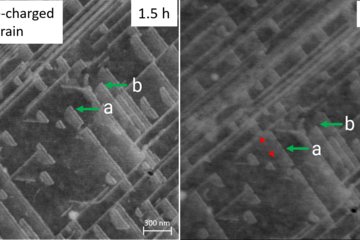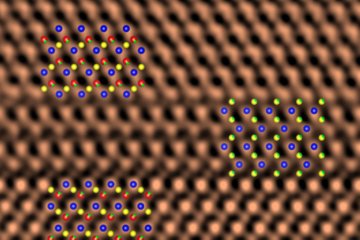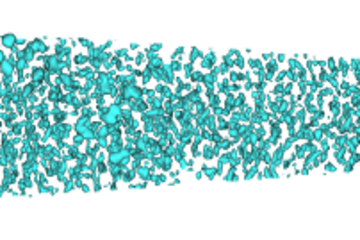All genres
1.
Journal Article
The use of flat punch indentation to determine the viscoelastic properties in the time and frequency domains of a soft layer bonded to a rigid substrate. Acta Biomaterialia 5 (1), pp. 240 - 248 (2009)
2.
Journal Article
Mechanical characterization of viscoelastic-plastic soft matter using spherical indentation. CMC - Computers, Materials, & Continua 10, pp. 243 - 258 (2009)
3.
Journal Article
Correlation between the flow stress and the nominal indentation hardness of soft metals. Scripta Materialia 59, pp. 518 - 521 (2008)
4.
Journal Article
An Inverse Approach to Determine the Mechanical Properties of Elastoplastic Materials Using Indentation Tests. Computers, Materials & Continua 7 (1), pp. 33 - 42 (2008)
5.
Journal Article
Determination of the creep exponent of a power-law creep solid using indentation tests. Mechanics of Time-Dependent Materials 11, pp. 159 - 173 (2007)
6.
Talk
Nano-mechanical Characterization of Soft Matter. 2nd IMPRS-SurMat Workshop on Surface and Interface Engineering in Advanced Materials, Kleve, Germany (2008)
7.
Talk
Investigating the Applicability of the Oliver & Pharr Method to the Nano-Mechanical Characterization of Soft Matter. Gerberich Symposium, 1st International Conference from Nanoparticles and Nanomaterials to Nanodevices and Nanosystems, Halkidiki, Greece (2008)
8.
Talk
Scaling relations in the adhesive contact of a spherical indenter with an elastic half-space. 1st IC4N-2008, Halkidiki, Greece (2008)
9.
Talk
Nanomechanics characterization of softmatter using nanoindentation. 11th GLADD Meeting, TU Gent, Belgium (2008)
10.
Talk
Nanomechanics of polymer. MSU - Conference, MPI für Eisenforschung, Düsseldorf, Germany (2008)
11.
Poster
Nano-mechanical Characterization of Soft Matter. 2nd IMPRS-SurMat Workshop on Surface and Interface Engineering in Advanced Materials, Kleve, Germany (2008)
12.
Poster
Nano-mechanical Characterization of Soft Matter. Materials science Day, Mechanical Engineering Department at Ruhr-University of Bochum, Bochum, Germany (2008)











